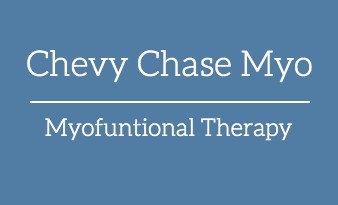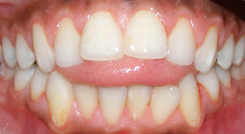What is Myofunctional Therapy?
Orofacial Myofunctional therapy (OMT) retrains the muscles of the face and mouth to eliminate behaviors and habits that cause structural and functional issues. We call these behaviors Orofacial Myofunctional Disorders (OMDs). Some signs of OMDs include but are not limited to tongue tie, tongue thrust, mouth breathing, difficulty breast feeding, drooling, speech issues, malocclusion (improper bite), snoring, dark circles under the eyes and ADHD. Myofunctional Therapists work collaboratively with other specialists including Dentists, Orthodontists, Osteopaths, Chiropractors, Pediatricians, ENTs, Physical Therapists, Speech Language Pathologists and any other specialist that might contribute to the interdisciplinary approach for treatment to achieve the goal of ideal health.





 With Orofacial Myofunctional Therapy, we will work together to create an understanding and awareness of the relationship between the muscles in the mouth, face and neck region. One important focus will be the tongue because it is an extremely strong and pivotal muscle to our health. Our tongue helps us chew, swallow, clean our mouth, form words and breathe, all while playing a critical role developing and maintaining the shape of the mouth.
With Orofacial Myofunctional Therapy, we will work together to create an understanding and awareness of the relationship between the muscles in the mouth, face and neck region. One important focus will be the tongue because it is an extremely strong and pivotal muscle to our health. Our tongue helps us chew, swallow, clean our mouth, form words and breathe, all while playing a critical role developing and maintaining the shape of the mouth.